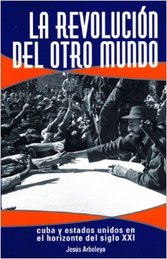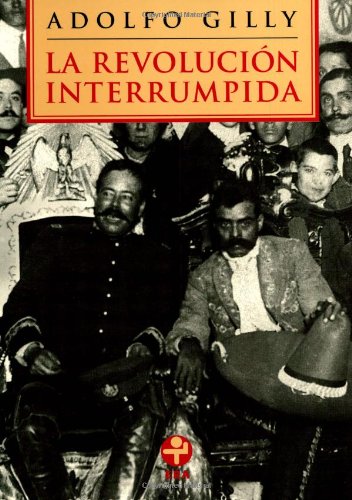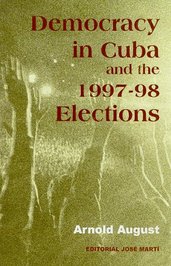During the period 1540 to 1640, there occurred transformations in Northwestern Europe (particularly England, the Netherlands, and Northern France) involving the commercialization of agriculture, the consolidation of land, and the conversion to pasture.
Commercialization of agriculture. The landholders of Northwestern Europe ended feudal obligations, including the obligation of serfs to supply agricultural products to the landholder, and adopted instead an obligation to pay rent in the form of money for the use of the land. This turned the agricultural laborers into the direct sellers of their products and induced them to look for more efficient forms of production.
Consolidation of land. In this new situation of commercialized agriculture, the great majority of peasants with smallholdings were unable to make their enterprises commercially viable, and they were forced to abandon the land. But peasants with relatively larger plots of land were able to improve their financial situation, often acquiring access to land being abandoned by peasants with smaller plots, creating a consolidation of land. Some of these more successful peasants were able to acquire ownership of land from their landholders, becoming independent producers. So there emerged a new class of middle class agricultural producers, a "yeoman" class, who were both owners and renters on increasingly larger units of land and who were developing increasingly efficient techniques of production.
Conversion to pasture. Many landholders converted agricultural
lands to pasture, both cattle and sheep. The prices of meat and wool made the conversion to pasture attractive economically. As a result, the amount of land devoted to pasture went from twenty-five to seventy-five percent. Since much less labor is necessary for tending cattle and sheep than for agricultural production, the conversion to pasture displaced many peasants from the land.
These dynamics created a large class of landless peasants who migrated to towns and constituted surplus labor for the expanding craft manufacturing of the towns. Particularly important here was textile manufacturing. Manufactured cloth became England's most important export in the latter half of the sixteenth century, with the cloth going to Belgium, France, Spain and Portugal.
The transformations in Northwestern Europe cannot be well understood if we observe only the region of Northwestern Europe. From such a vantage point, we might explain them as occurring because of technological innovations and cultural changes. This would be partly true, but it is an incomplete explanation that is very misleading in its implications. On the other hand, if we understand the changes in Northwestern Europe in the context of the emerging European world-economy (see “The origin of the modern world-economy" 8/6/2013), their logic becomes clearer. In spite of technological innovations, Northwestern Europe was producing less food, because of the extensive conversion to pasture. But the importation into Northwestern Europe of grains produced in Eastern Europe compensated for the lower production of food. In addition, the steady price of meat and wool and the growing demand for manufactured products were consequences of the gold acquired by Spain through forced labor in America, inasmuch as Spain used the gold to purchase manufactured goods from Northwestern Europe.
The modernization of Northwestern Europe was integrally tied to, indeed a consequence of, the Spanish conquest of America.
Bibliography
Wallerstein, Immanuel. 1974. The Modern World System, Vol. I. New York: Academic Press.
Key words: Third World, revolution, colonialism, neocolonialism, imperialism, democracy, national liberation, sovereignty, self-determination, socialism, Marxism, Leninism, Cuba, Latin America, Wallerstein, world-system, world-economy, Northwestern Europe, modernization, enclosure, consolidation, yeoman, vagabonds






 RSS Feed
RSS Feed





